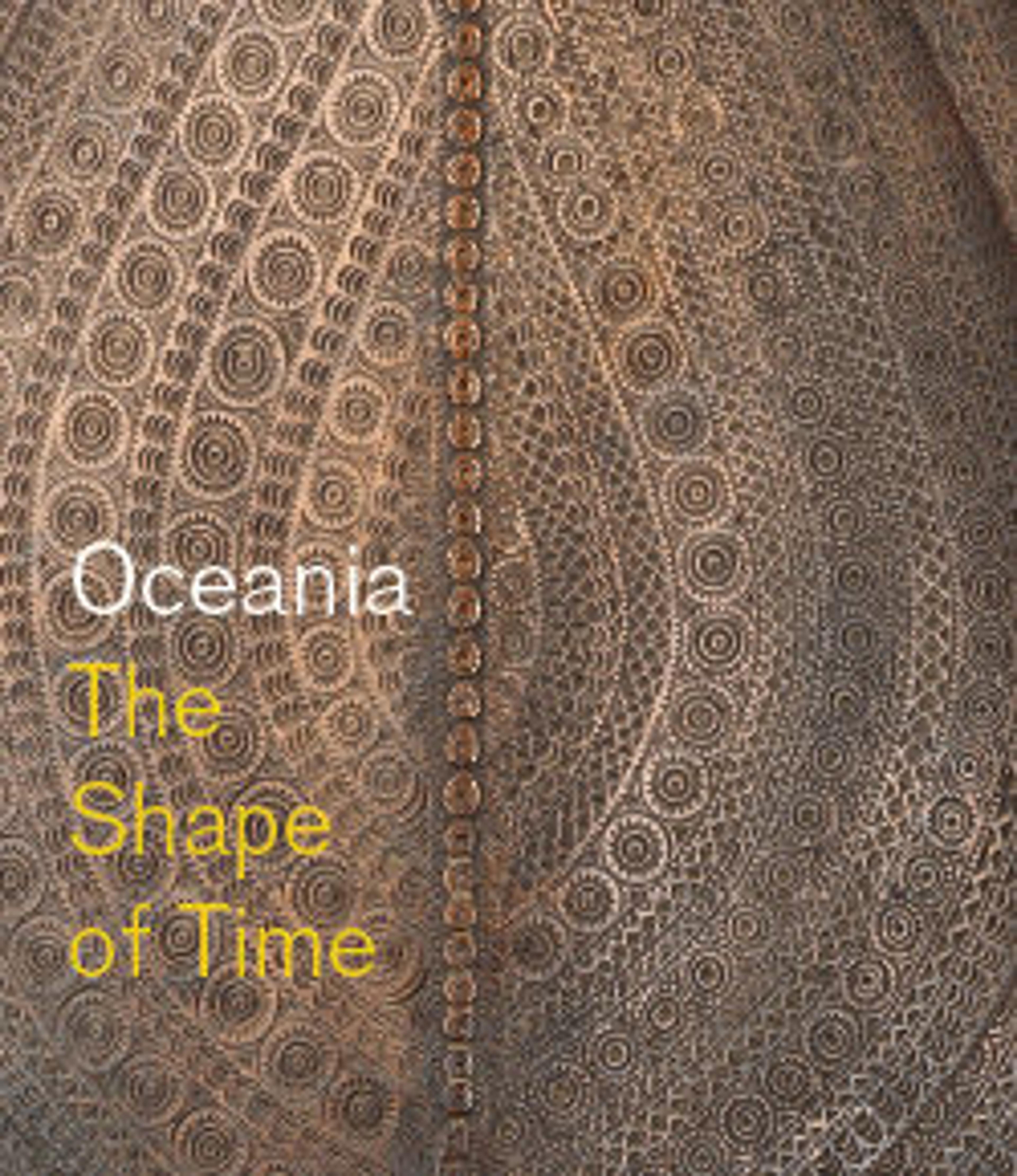Spirit Canoe (Wuramon)
Asmat spirit canoes (wuramon) are ceremonialcarvings in the form of supernatural vessels. Wuramon are created for a one-time use during emak cem (the bone house feast), a ceremony that celebrates the spirits of the recently dead and the initiation of young boys. After being secluded within a ritual house for several months, the boys emerge one by one and crawl across the wuramon on their bellies. As each crosses the vessel, he is transformed from a boy into a man. Once across, he is seized by a man who cuts designs into his body; these heal into permanent scarification patterns that mark him as an adult. Crewed by spirits, the wuramon has no bottom to its hull, as spirits do not require a complete hull for their journey. The spirit figures have a dual nature: their outer forms portray supernatural creatures, but each is named for a specific recently deceased ancestor, whose spirit it embodies. A turtle (mbu), a fertility symbol because of the numerous eggs it lays, appears near the center of this wuramon. Behind it is an okom, a dangerous Z-shaped water spirit. The other figures, gazing down through the bottomless hull, represent menacing water spirits (ambirak) or human-like spirits (etsjo). A hammerhead shark is depicted on the prow.
Artwork Details
- Title:Spirit Canoe (Wuramon)
- Date:mid-20th century
- Geography:Indonesia, West Papua, Yamas village, Utumbuwe River region
- Culture:Asmat
- Medium:Wood, paint, sago palm leaves
- Dimensions:H. 20 1/2 in. × W. 16 in. × 340 in. (52.1 × 40.6 × 863.6 cm)
- Classification:Wood-Sculpture
- Credit Line:The Michael C. Rockefeller Memorial Collection, Bequest of Nelson A. Rockefeller, 1979
- Object Number:1979.206.1558
- Curatorial Department: The Michael C. Rockefeller Wing
Audio
1749. Spirit Canoe (Wuramon)
0:00
0:00
We're sorry, the transcript for this audio track is not available at this time. Please email info@metmuseum.org to request a transcript for this track.
More Artwork
Research Resources
The Met provides unparalleled resources for research and welcomes an international community of students and scholars. The Met's Open Access API is where creators and researchers can connect to the The Met collection. Open Access data and public domain images are available for unrestricted commercial and noncommercial use without permission or fee.
To request images under copyright and other restrictions, please use this Image Request form.
Feedback
We continue to research and examine historical and cultural context for objects in The Met collection. If you have comments or questions about this object record, please contact us using the form below. The Museum looks forward to receiving your comments.
